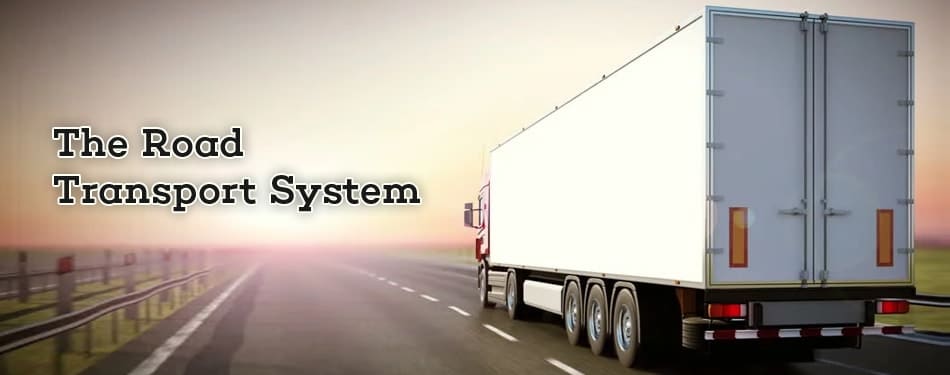
Navigating the Amazon Effect: How Milky Way Logistics is Adapting to Modern Customer Expectations
The rise of the “Amazon Effect” has dramatically reshaped the logistics industry, transforming customer expectations and redefining the standards for delivery speed, accuracy, and flexibility. What began as a retail phenomenon has now permeated the B2B sector, where customers demand the same level of service they experience when ordering from Amazon—free and fast delivery, 100% order accuracy, and the ability to make last-minute changes. As a leading player in the logistics industry, Milky Way Logistics is at the forefront of addressing these challenges and leveraging advanced technology to meet and exceed these heightened expectations.
Understanding the Amazon Effect
The “Amazon Effect” refers to the ripple effect Amazon has had on customer expectations across various industries, particularly in logistics. With Amazon’s ability to offer rapid delivery, often within a day or two, customers have come to expect this level of service as the norm. This shift has placed immense pressure on logistics networks to not only speed up delivery times but also to ensure complete order accuracy and the flexibility to handle last-minute changes seamlessly.
At Milky Way Logistics, we recognize that the Amazon Effect is not just a trend—it’s a new reality that requires a fundamental shift in how logistics operations are managed. The impact of the Amazon Effect extends beyond the retail sector and has now become a significant factor in B2B environments. Companies must adapt quickly or risk falling behind in an increasingly competitive market.
The Role of a Transportation Management System (TMS) in Navigating the Amazon Effect
One of the most critical tools in managing the demands of the Amazon Effect is a robust Transportation Management System (TMS). Unfortunately, the importance of a modern TMS is often overlooked, despite its essential role in the successful execution of orders. As shipment sizes shrink and order cycles become shorter, the need for an efficient TMS becomes even more pronounced.
A Transportation Management System is designed to optimize the entire shipping process, from planning to execution. However, not all TMS solutions are created equal. To effectively navigate the challenges posed by the Amazon Effect, companies need a multi-modal TMS that has been developed with the flexibility and architecture required to operate in today’s dynamic environment.
At Milky Way Logistics, we’ve invested in state-of-the-art TMS technology that allows us to meet the evolving demands of our customers. Our TMS is capable of real-time planning, leveraging pool distribution, and optimizing our distribution network—all of which are crucial in responding to the fast-paced requirements of the Amazon Effect.
Key Features of an Effective TMS in the Age of the Amazon Effect
- Real-Time Planning: The ability to plan and adjust logistics operations in real-time is essential when dealing with the Amazon Effect. Customer demands can change at a moment’s notice, and a modern TMS allows logistics providers to react instantly to these changes. Whether it’s rerouting a delivery or accommodating a last-minute order modification, real-time planning capabilities ensure that customer satisfaction remains high.
- Leveraging Pool Distribution: Pool distribution is a strategy that consolidates shipments from multiple locations into a single delivery route. This method not only reduces shipping costs but also speeds up delivery times—key factors in meeting the expectations set by the Amazon Effect. At Milky Way Logistics, our TMS enables us to efficiently manage pool distribution, ensuring that we can deliver products quickly and cost-effectively.
- Optimizing the Distribution Network: The complexity of today’s supply chains requires a TMS that can optimize the entire distribution network. From selecting the best carriers to determining the most efficient routes, our TMS is designed to maximize efficiency and reduce costs while maintaining the high standards our customers expect.
Why Milky Way Logistics is the Partner You Need in the Era of the Amazon Effect
When it comes to navigating the challenges of the Amazon Effect, choosing the right logistics partner is crucial. At Milky Way Logistics, we’ve positioned ourselves as a leader in the industry by embracing the latest technologies and continuously refining our processes to meet the demands of today’s fast-paced market.
Our advanced TMS is just one example of how we are adapting to the Amazon Effect. By integrating real-time planning, pool distribution, and network optimization into our operations, we’re able to offer our clients the speed, accuracy, and flexibility they need to stay competitive. But more than just technology, it’s our commitment to excellence that truly sets us apart. We understand that in the age of the Amazon Effect, it’s not enough to simply meet expectations—we strive to exceed them.
Conclusion
The Amazon Effect has forever changed the landscape of logistics, raising the bar for what customers expect in terms of delivery speed, accuracy, and flexibility. At Milky Way Logistics, we’re not just keeping up with these changes—we’re leading the way. By investing in a modern, multi-modal TMS and continuously optimizing our operations, we’re able to meet the challenges of the Amazon Effect head-on. If you’re looking for a logistics partner that can help you navigate this new reality, look no further than Milky Way Logistics.




